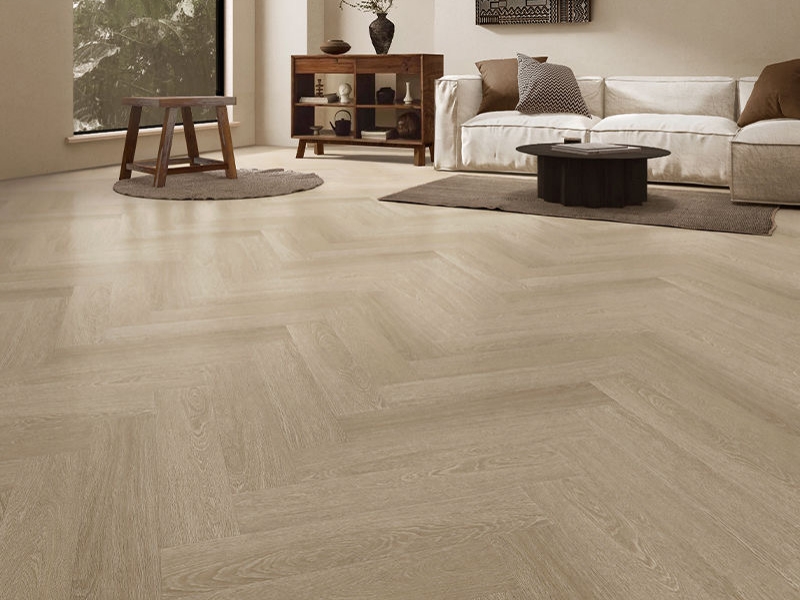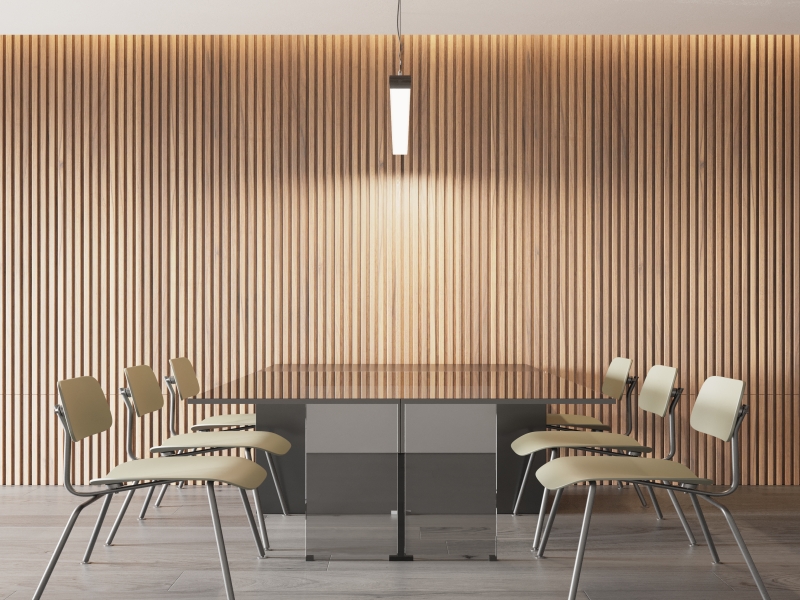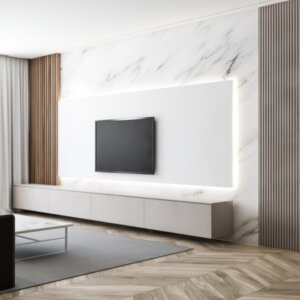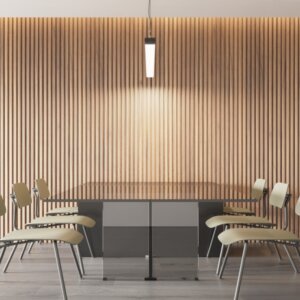Why Do We Put Bed Slats and Not a Board Under a Mattress? A Comprehensive Guide
Introduction to Bed Slats and Mattress Support
When setting up a comfortable sleep environment, a key question often arises: why do we put bed slats and not a board under a mattress? The choice between bed slats and a solid under mattress bed board impacts mattress performance, comfort, and longevity. Bed slats, or slatted mattress bases, are horizontal wooden planks for bed or metal strips that support a mattress while allowing airflow. In contrast, wooden bed frames have flat, hard surfaces, but may affect ventilation.

Understanding Bed Slats: What Are They and Why Are They Important?
Slats are an important component of slatted mattress systems, consisting of mattress support slats (usually wooden or metal) evenly distributed across the bed frame. These bed frame slats provide the foundation for supporting the mattress while promoting air circulation. Unlike solid mattress boards, slats prevent moisture buildup, reducing the risk of mold and extending the life of the mattress.
There are two main types: solid slats and sprung slats. Solid slats are flat and firm, perfect for platform bed vs slats debates where rigidity is preferred, while sprung slats curve slightly, offering flexibility and a gentle bounce for added comfort. This distinction between solid slats or sprung slats caters to different sleep preferences and mattress types, such as memory foam or innerspring. By evenly distributing weight, bed slats enhance mattress durability and comfort, making them a versatile choice over a flat board bed frame.
Why Choose Bed Slats Instead of a Solid Board?
Enhanced Ventilation and Moisture Control
A standout reason to opt for bed slats over an under mattress bed board is their superior ventilation. The gaps in a slatted bed base allow air to flow freely, keeping the mattress dry and cool. This is critical for materials like memory foam, which can trap heat. A solid wood board for bed, however, restricts airflow, potentially leading to humidity issues and mold growth—especially in damp climates. For sleepers seeking a hygienic sleep surface, mattress slats outperform bed board panels.
Flexibility and Comfort: Adapting to Your Body
Slats under bed setups, particularly sprung slats, provide flexibility that a base board bed cannot. Their slight give adjusts to body movements, offering tailored support for pressure points like shoulders and hips. A slat bed and mattress combo can feel more responsive than a rigid bed slat board, enhancing sleep quality.
Weight Distribution and Mattress Longevity
Bed slats excel at evenly distributing weight, preventing sagging, and extending the mattress’s lifespan. Unlike slats vs plywood, where plywood might cause uneven wear, mattress support wood in slat form reduces pressure points. A strip of wood used to support a mattress ensures durability, especially for heavier sleepers, compared to a peg board under mattress or solid board that might warp over time.
Common Myths and Misconceptions About Bed Slats

Myth 1: Bed Slats Are Only for Platform Beds
Many assume bed slats are exclusive to platform beds with slats, but they’re adaptable to various setups, including traditional bed frames with slats. Whether it’s a single slatted bed base or a twin bed board slats, slats enhance support universally—not just for platform bed vs slats scenarios.
Myth 2: Bed Slats Cause Mattresses to Sag
The fear that slat beds ruin mattresses is unfounded if slat spacing is correct—ideally 2-3 inches apart. Properly installed mattress on slats setups, like those from Woocan Company, support warranties and prevent sagging, debunking the myth that slats support fails over time.
Myth 3: Solid Boards Are More Durable Than Slats
While boards for bed support seem sturdier, wooden slats for single bed or metal slat for bed frame options are equally resilient. A slat system bed can endure years of use, with individual slats replaceable if damaged—unlike a cumbersome flat slats board.
Choosing the Right Bed Slats for Your Mattress
Material Considerations: Wood vs. Metal Slats
What are bed slats made of? Typically, wood (pine, beech) or metal. Wooden bed planks offer a natural aesthetic and quiet support, while metal slats for bed frame full provide unmatched strength for heavier loads.
Slat Spacing: Finding the Optimal Gap
Correct slat spacing—no more than 3 inches—ensures a mattress on wooden slats stays supported. Thinner mattresses may need tighter flat slats spacing, aligning with manufacturer guidelines for slatted beds and mattresses.
Compatibility with Different Mattress Types
Solid slats vs sprung slats matters: memory foam thrives on solid slat firmness, while innerspring pairs well with sprung slat bounce. Hybrid mattresses adapt to either, making slatted bed mattresses versatile.
Alternatives to Bed Slats: When to Consider a Solid Board or Bunkie Board
Using a Bunkie Board: Pros and Cons
A bunkie board vs slats comparison reveals pros like added firmness for thin mattresses, but cons include reduced airflow. Do bunkie boards work? Yes, for specific needs, though slats bed setups remain more breathable.
When a Solid Board Might Be a Better Choice
For ultra-thin mattresses or bunk beds, a twin bed flat board or bed boards single might suffice, offering a low-profile solution where does a bed frame need slats isn’t a priority.
Comparing Bed Slats, Plywood, and Other Support Options
Bed slats vs plywood favors slats for airflow; plywood is cheaper but less flexible. What to use instead of bunkie board? Often, slat boards for bed strike the best balance.
Installation and Maintenance Tips for Bed Slats

How to Properly Install Bed Slats
Lay floor slats for bed evenly, secure with clips, and ensure sprung slats curve upward. The alignment of the center beam enhances the functionality of slatted bed frames.
Maintaining Your Bed Slats for Longevity
Inspect slats support for wear, keep dry, and replace damaged planks for bed promptly to maintain mattress on slats performance.
Conclusion: Why Bed Slats Are the Superior Choice for Most Sleepers
Slats offer superior ventilation, flexibility, and support compared to solid mattress boards. Whether solid or sprung slats, they cater to diverse needs, making them the go-to for slatted bed mattresses.









